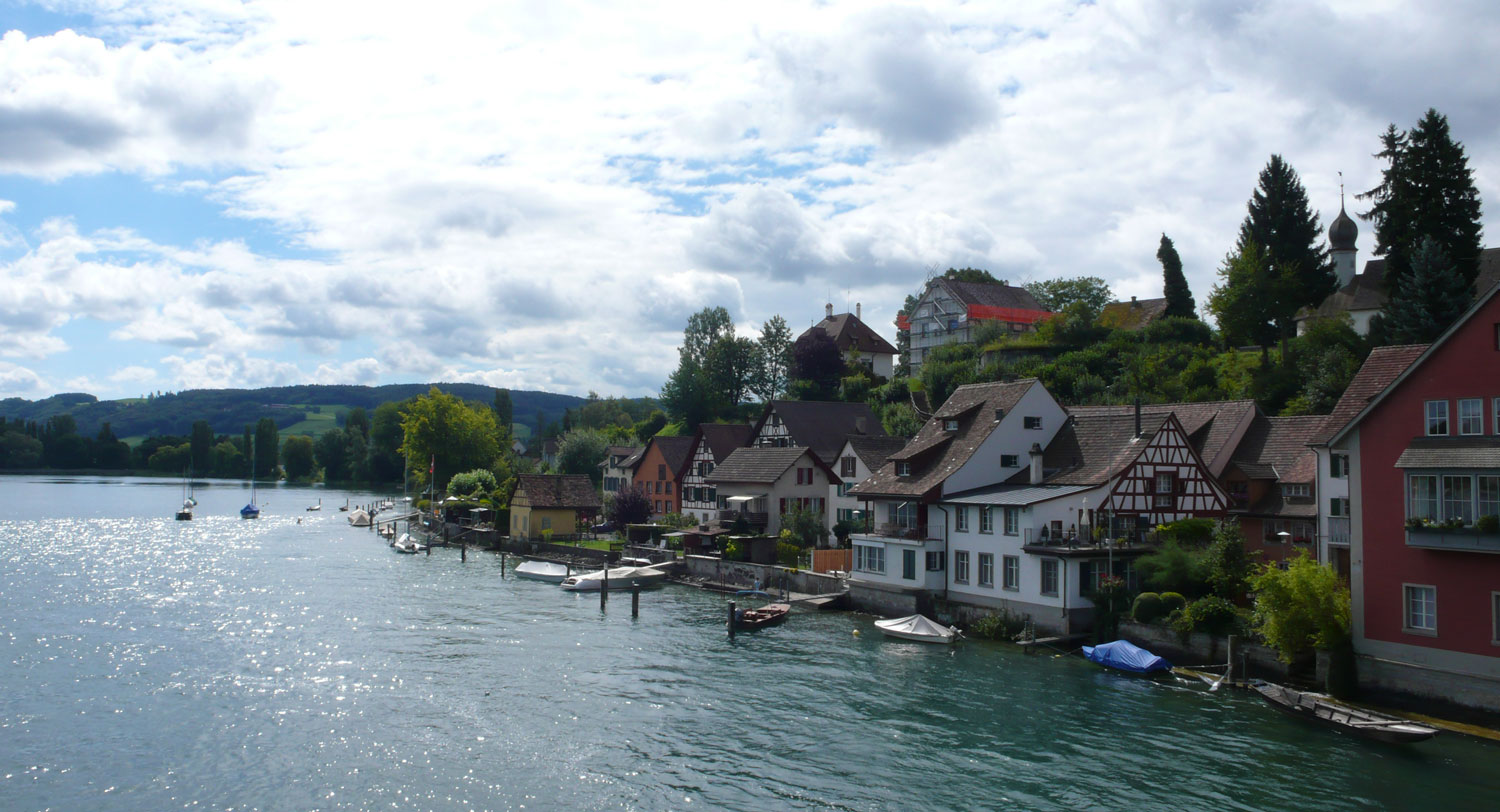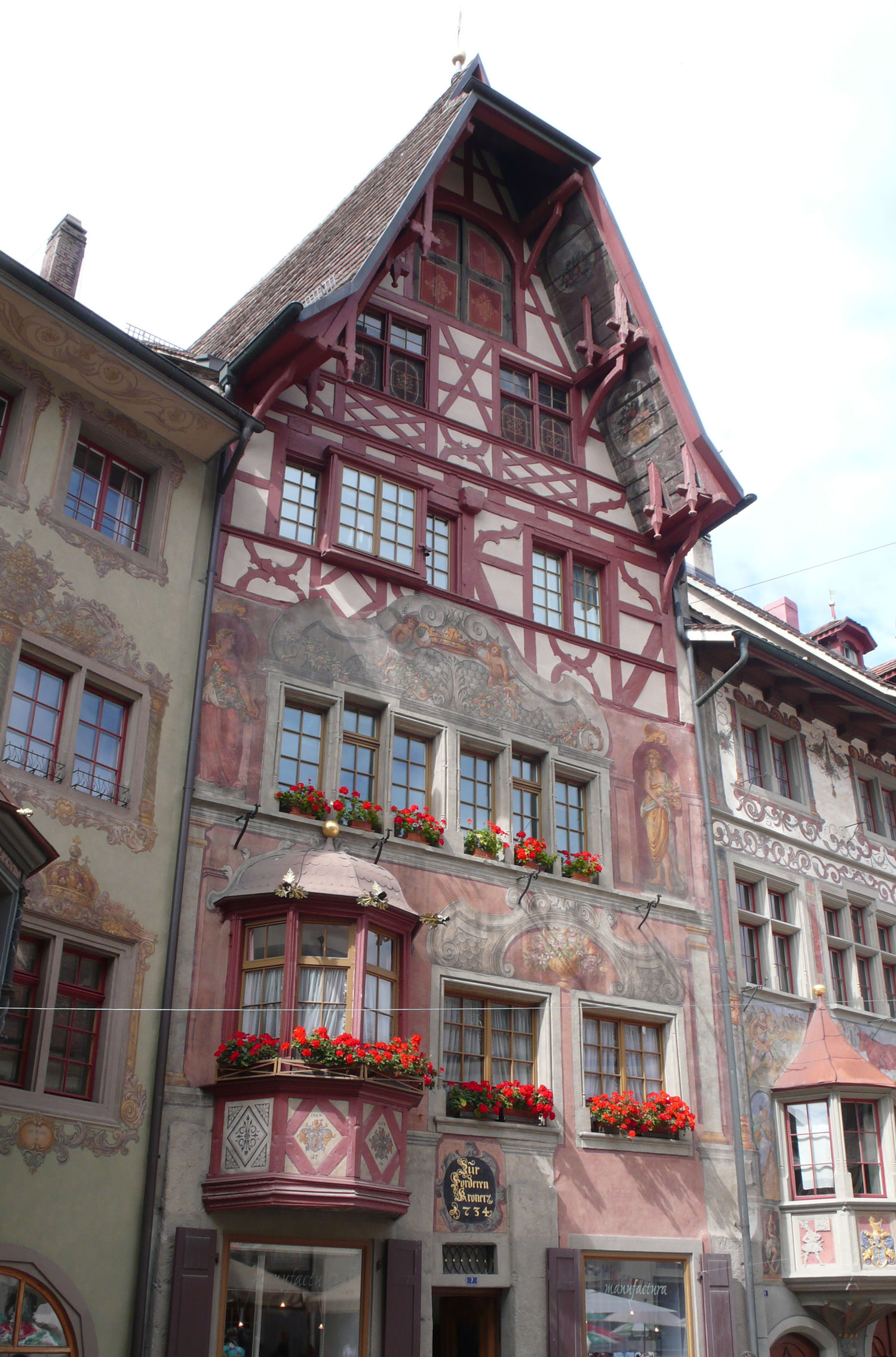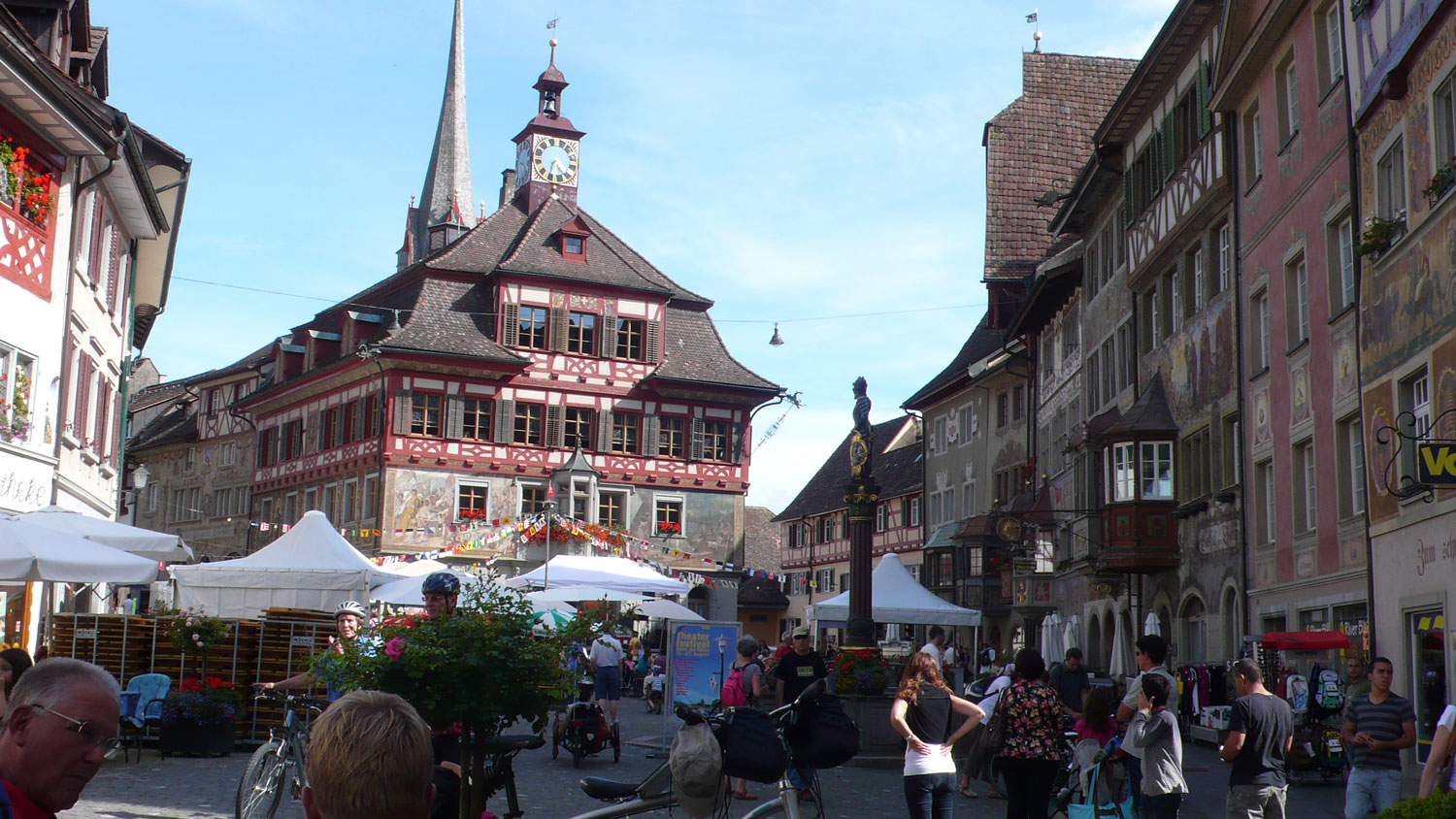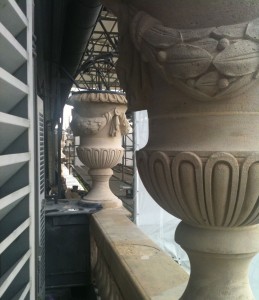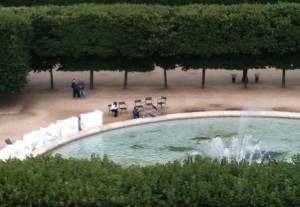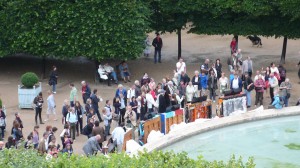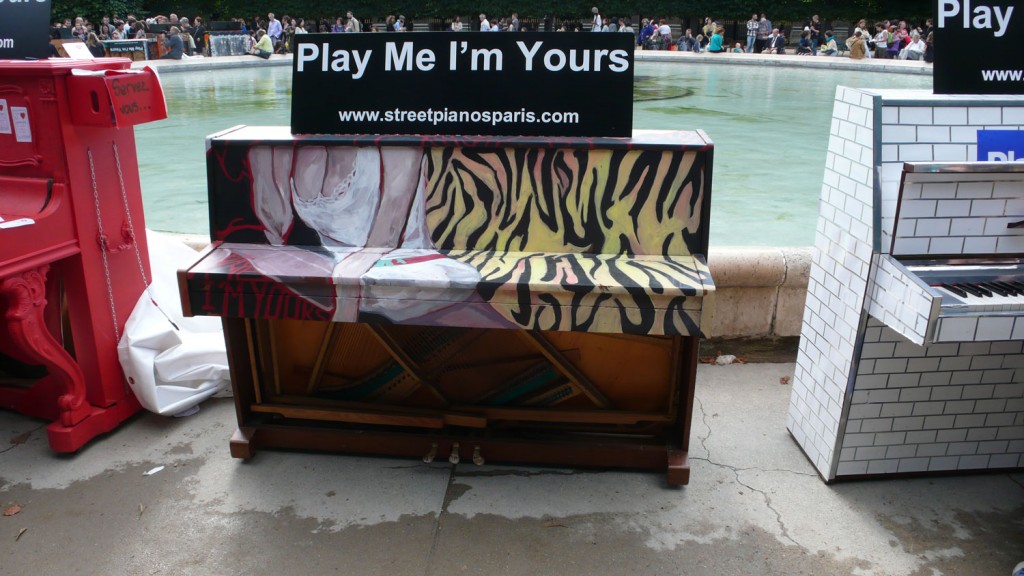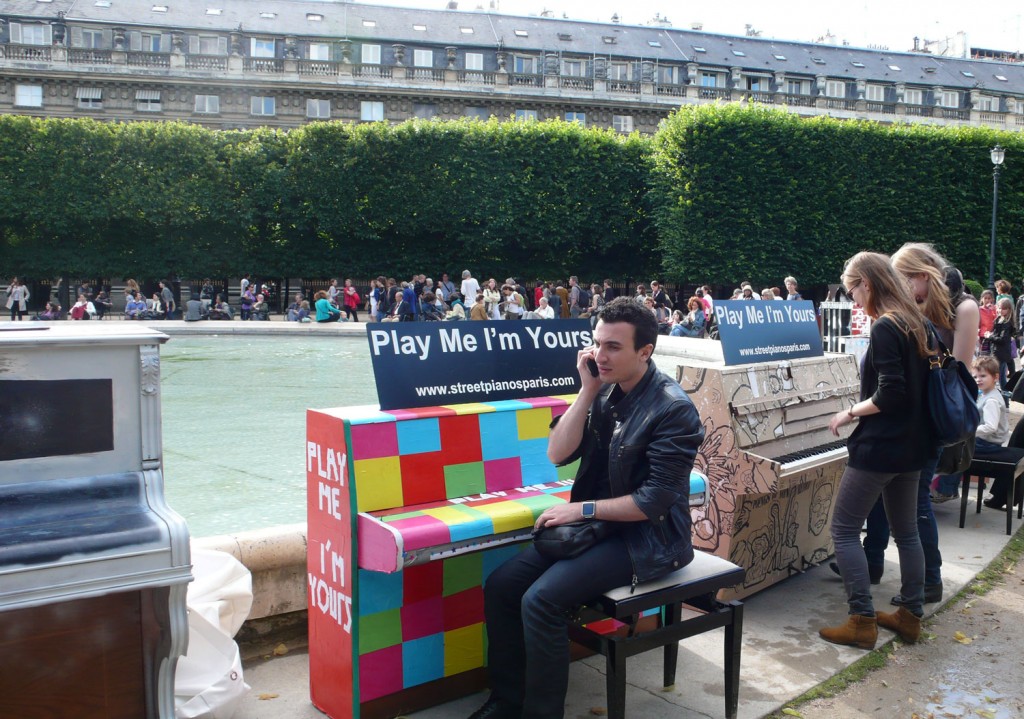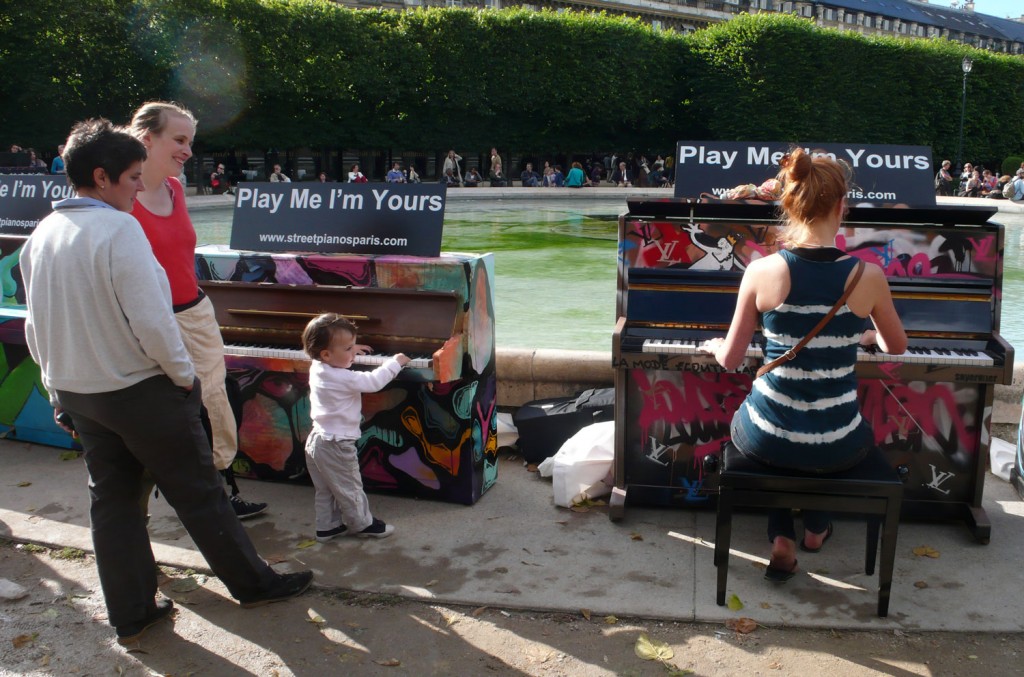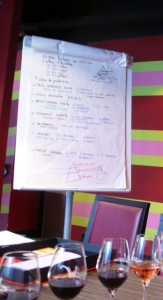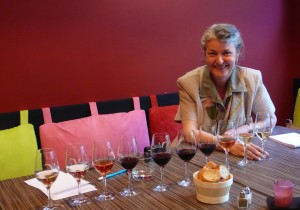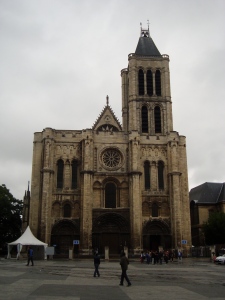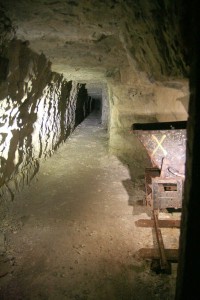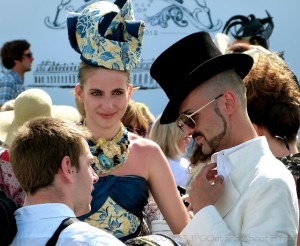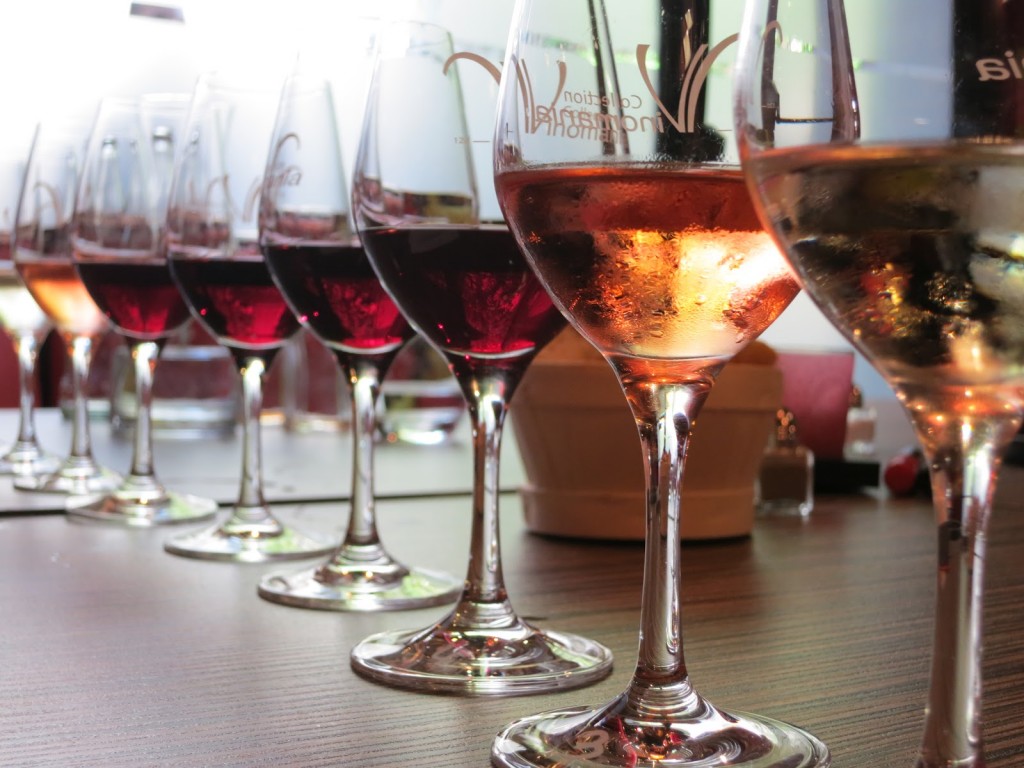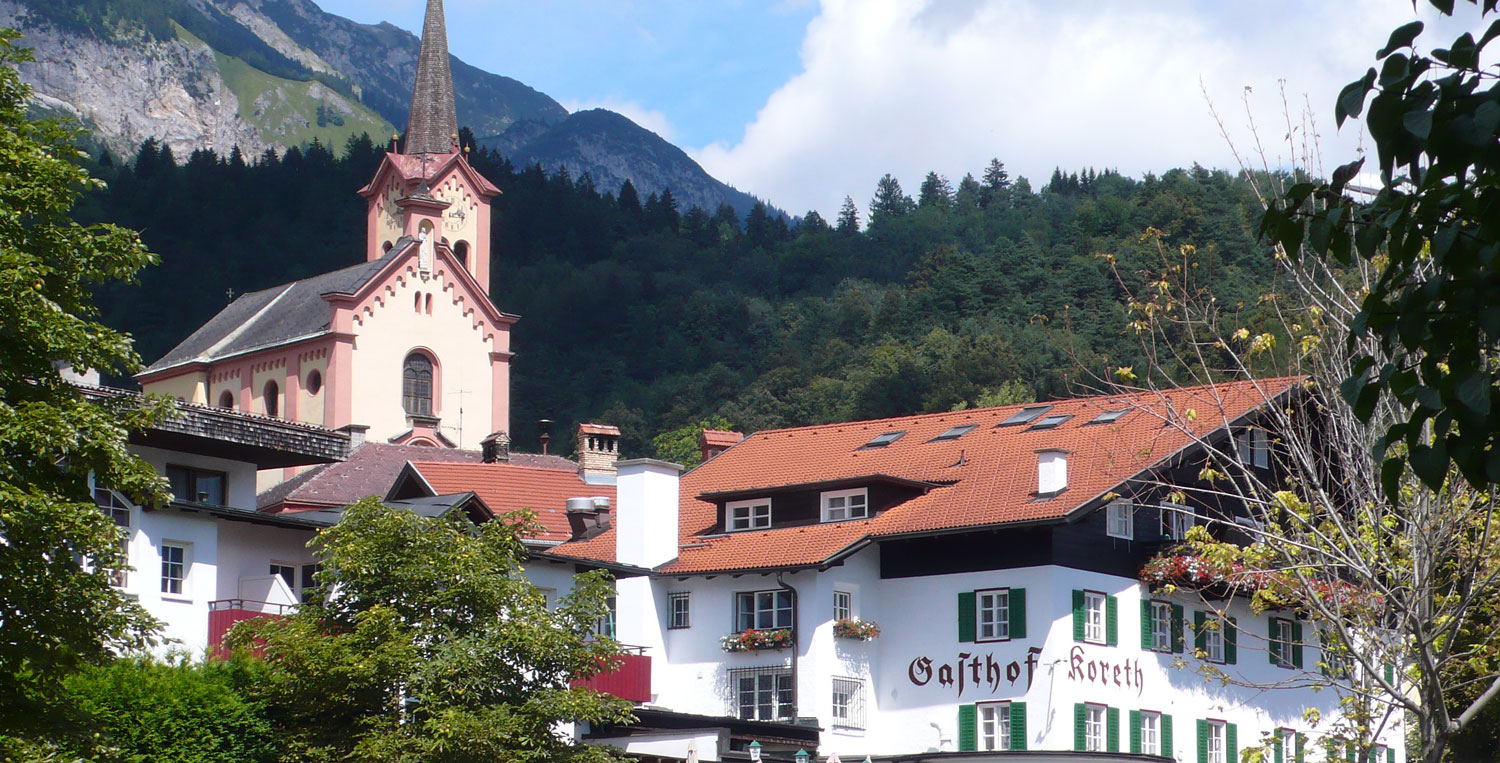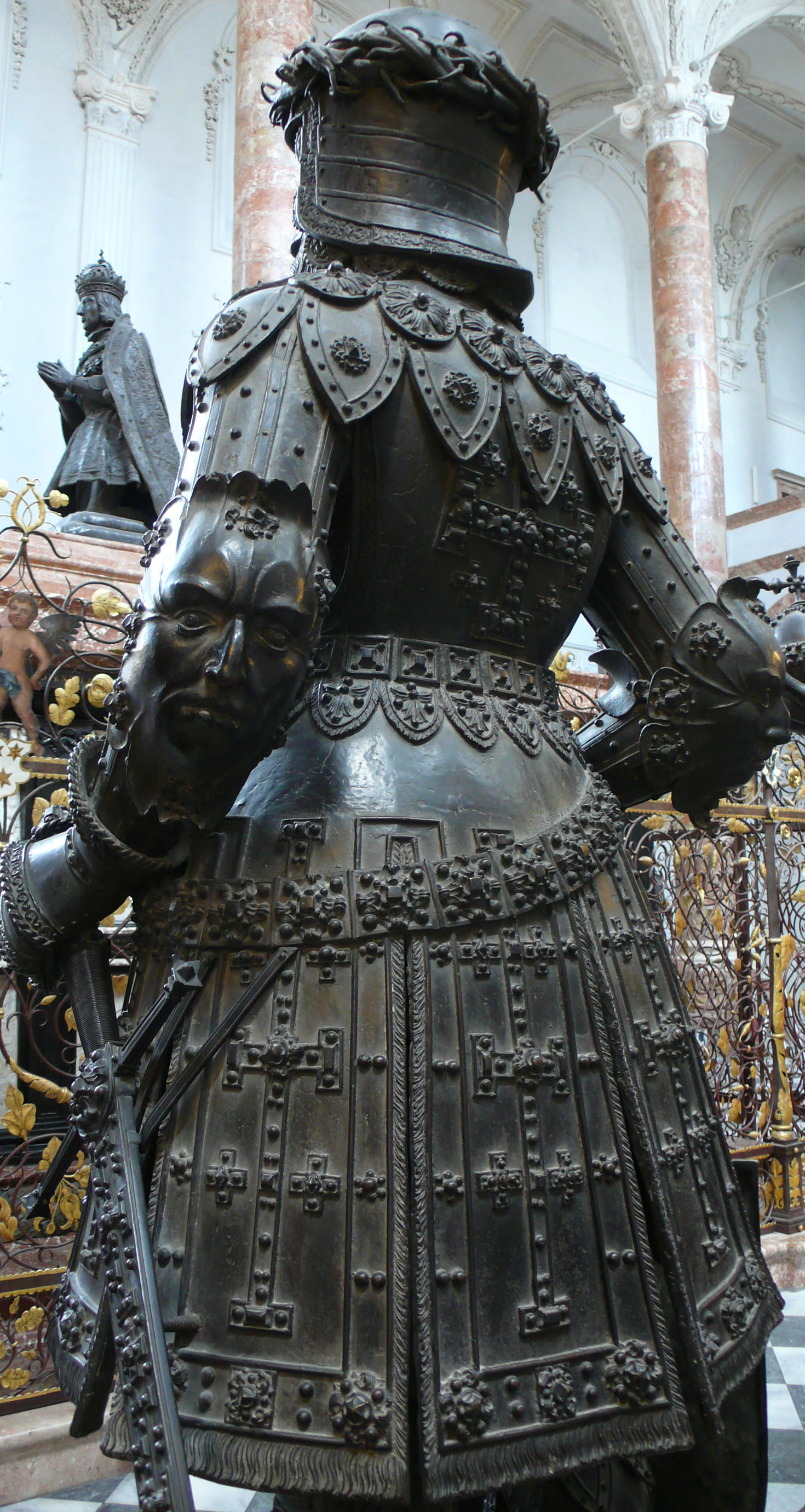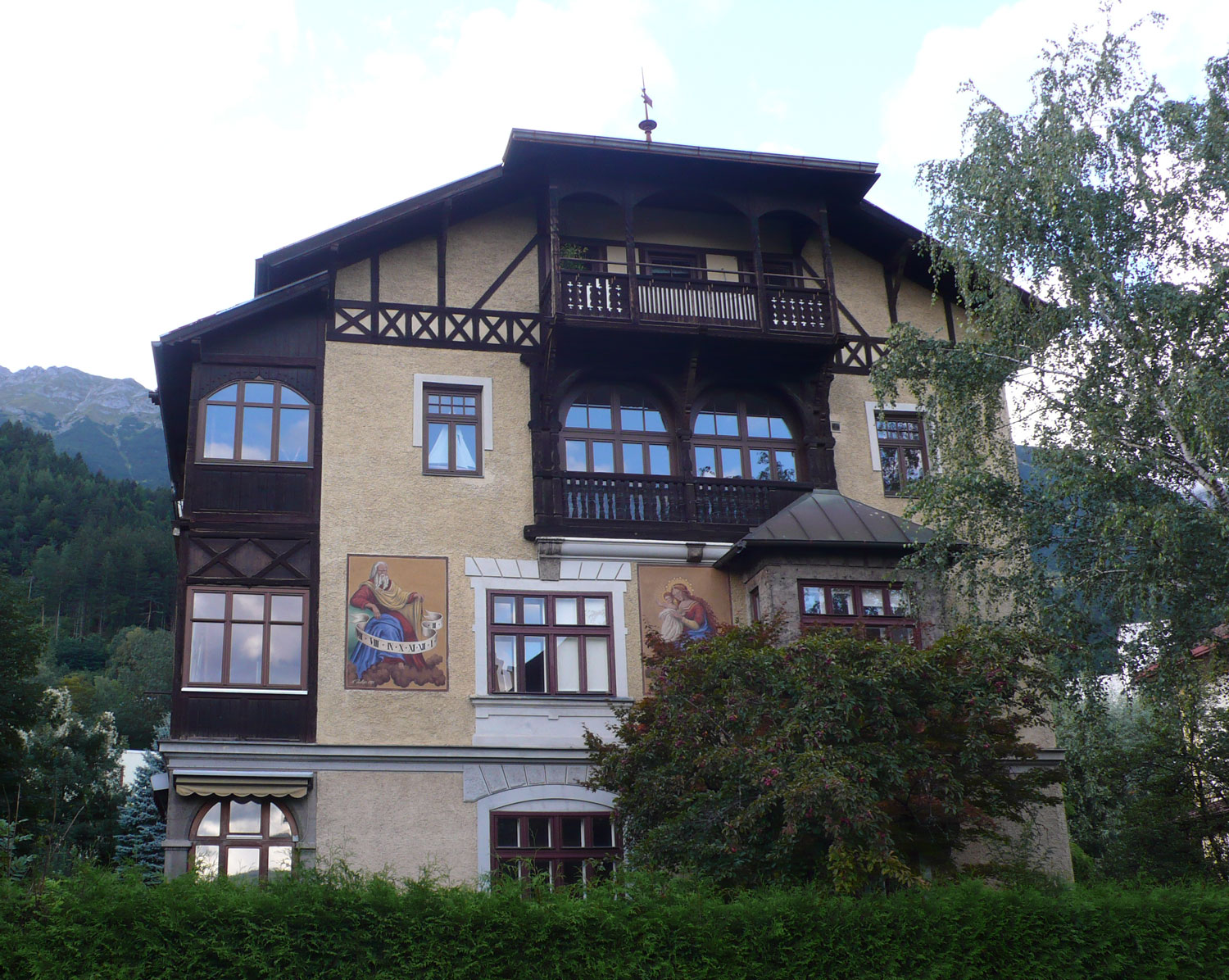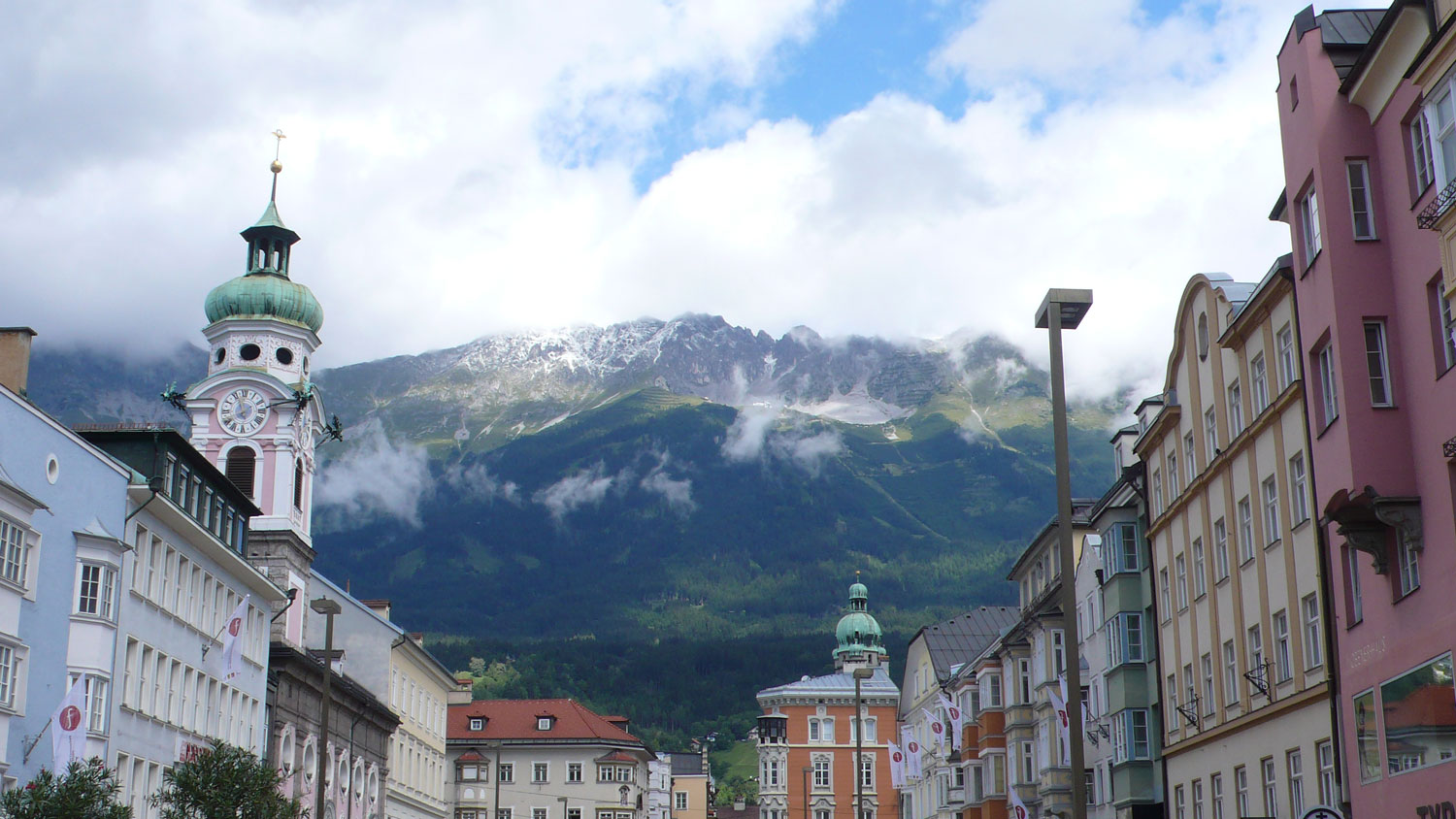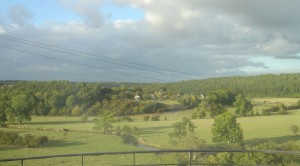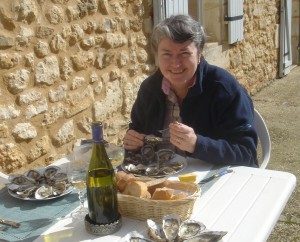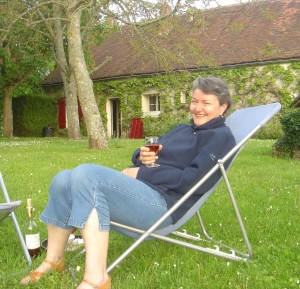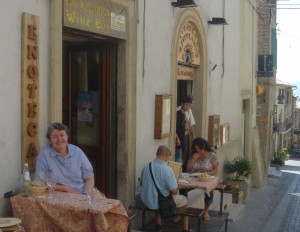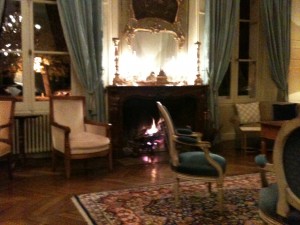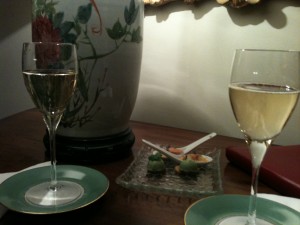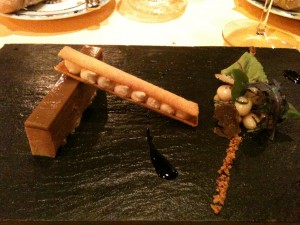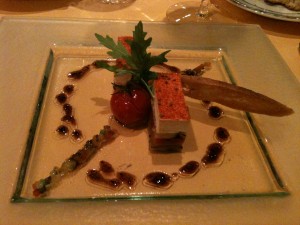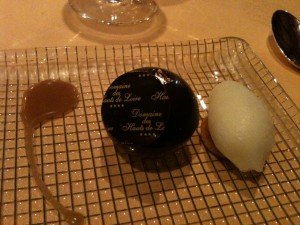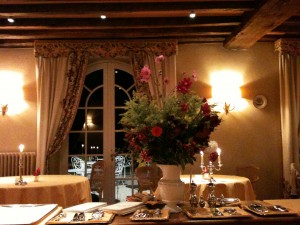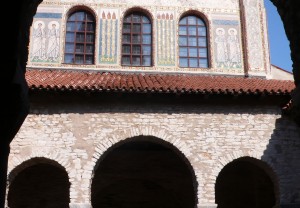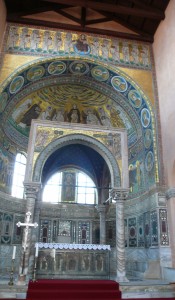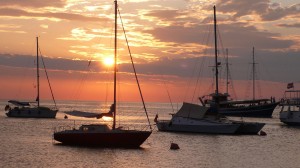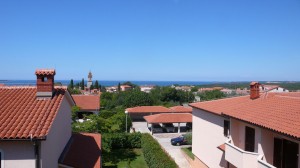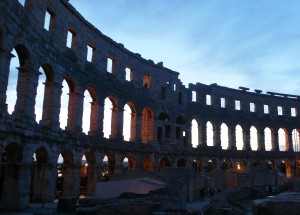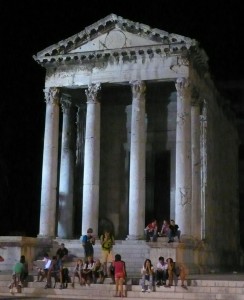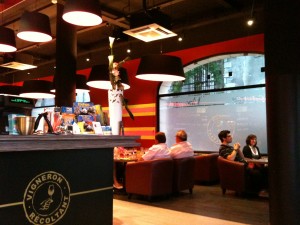 Up until now, most of the time spent in Blois at our beautiful Renaissance home, Closerie Falaiseau, has been devoted to getting the ground floor ready for holiday rental. Now that we have our first guests, we decided it was time for a bit of a holiday. We arrived quite late in Blois, having spent the day driving around Paris and over-estimating the time needed to do various errands such as stocking up on bread-making flour and buying another expresso machine.
Up until now, most of the time spent in Blois at our beautiful Renaissance home, Closerie Falaiseau, has been devoted to getting the ground floor ready for holiday rental. Now that we have our first guests, we decided it was time for a bit of a holiday. We arrived quite late in Blois, having spent the day driving around Paris and over-estimating the time needed to do various errands such as stocking up on bread-making flour and buying another expresso machine.
We debated where we would go for dinner on a Saturday night without a reservation at nearly 9.30 and thought we might try Vinomania since Femme Francophile and I had enjoyed our wine-tasting there so much. And we were not disappointed!
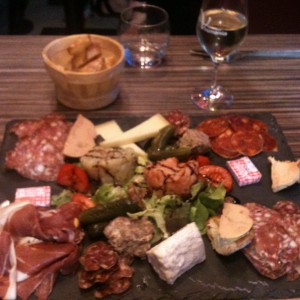 We chose the Vino Prestige menu, which is a platter for two including foie gras, various cold cuts, cod and salmon tartare, pâté and cheese. We had an excellent entre-deux-mers to go with it. A strange name for a wine (between two seas) particularly when you consider that it comes from the Bordeaux region, but the explanation is simple: it’s grown in the area in between two rivers, the Garonne and Dordogne.
We chose the Vino Prestige menu, which is a platter for two including foie gras, various cold cuts, cod and salmon tartare, pâté and cheese. We had an excellent entre-deux-mers to go with it. A strange name for a wine (between two seas) particularly when you consider that it comes from the Bordeaux region, but the explanation is simple: it’s grown in the area in between two rivers, the Garonne and Dordogne.
Three grape varieties are blended – semillon, sauvignon and muscadelle. It’s a light wine, to be drunk young, and has a citrus fruit and pineapple nose. It goes well with oysters, fish, crustaceans and foie gras so was the perfect choice! We had an interesting chat with the owner who is just celebrating the first anniversary of Vinomania which is gradually gaining a regular clientele, not always easy in a small town.
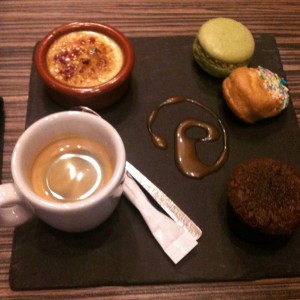 I love its bright colours, comfortable armchairs and spacious tables. The service is cheerful and attentive and it’s excellent value for money. Our Vino Prestige platter was 19.50 and our bill, which included two glasses of wine each and an excellent café gourmand, came to about 40 euro. We’ll definitely be going back!
I love its bright colours, comfortable armchairs and spacious tables. The service is cheerful and attentive and it’s excellent value for money. Our Vino Prestige platter was 19.50 and our bill, which included two glasses of wine each and an excellent café gourmand, came to about 40 euro. We’ll definitely be going back!
Vinomania Blois, 12 rue du poids du Roi, 41000 Blois. 02 54 90 17 66 http://www.vinomania-restaurant-blois.fr/


